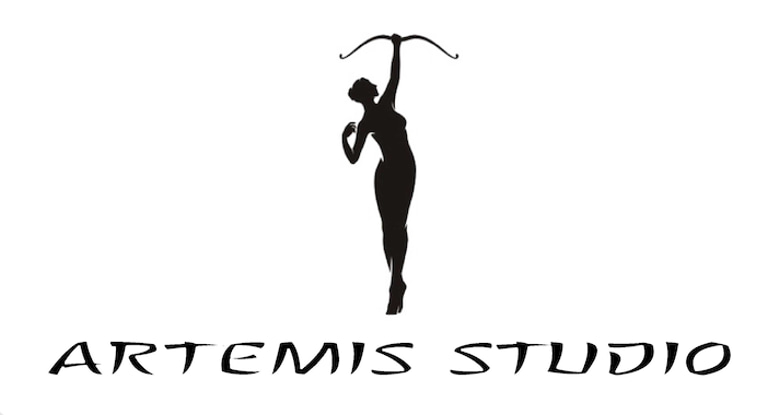The New Co-Star: How AI is Revolutionizing Film Production
From the silent era to the digital age, filmmaking has always been a story of technological evolution. The latest and most transformative tool to enter the studio is Artificial Intelligence, and it's doing far more than just generating headlines. AI is rapidly becoming an indispensable partner across the entire filmmaking pipeline, offering unprecedented benefits in efficiency, creativity, and cost-effectiveness.
1. Supercharging Pre-Production
Long before the cameras roll, AI is already at work optimizing the creative process.
Script Analysis: AI algorithms can analyze a screenplay in seconds, identifying pacing issues, tracking character screen time, flagging potential plot holes, and even predicting audience reception. This provides writers and producers with invaluable data to refine their story before a single dollar is spent on production.
Intelligent Casting: AI tools can scan vast databases of actors to find talent matching specific physical characteristics, past roles, or even vocal qualities, streamlining the casting process.
Rapid Visualization: Generative AI can create concept art, storyboards, and pre-visualizations (pre-vis) at incredible speeds. A director can describe a scene—"a cyberpunk city street in a neon-lit rain"—and receive dozens of visual interpretations in minutes, allowing for faster and more dynamic creative exploration.
2. Revolutionizing Post-Production
This is where AI's impact is most profound, automating tedious tasks that once consumed thousands of hours.
VFX and Compositing: AI has supercharged visual effects. Tasks like rotoscoping (isolating objects frame-by-frame), wire removal, and creating digital matte paintings are now semi-automated, freeing up VFX artists to focus on more complex creative challenges.
De-aging and Digital Makeup: The stunningly realistic de-aging seen in recent blockbusters is a direct result of AI-powered machine learning. This technology allows actors to convincingly play younger versions of themselves without cumbersome prosthetics.
Automated Editing and Logging: AI can transcribe all dialogue, log footage with descriptive keywords (e.g., "wide shot," "character smiling"), and even generate a "first pass" edit of a scene. This saves editors countless hours of manual organization, allowing them to dive straight into the art of storytelling.
Enhanced Audio: AI tools can isolate dialogue from noisy backgrounds, automatically generate sound effects (foley), and even create realistic voiceovers from text or clone an actor's voice for ADR (Automated Dialogue Replacement) with their consent.
3. Enhancing On-Set Efficiency
AI is also making its way onto the film set itself. In the world of virtual production, AI helps render and manipulate the massive real-time 3D environments displayed on LED walls (like those used inThe Mandalorian), allowing for dynamic changes to lighting and scenery on the fly. AI-powered smart cameras can also automate focus pulling and shot stabilization, ensuring more usable footage.
4. Democratizing Filmmaking and Boosting Creativity
Perhaps the greatest benefit of AI is its ability to empower filmmakers at every level.
Cost Savings: By automating labor-intensive tasks, AI dramatically reduces post-production timelines and budgets. This makes high-end visual effects and polished production values accessible to independent filmmakers and smaller studios, not just Hollywood blockbusters.
Frees Up Human Artists: AI is not a replacement for creativity; it's a force multiplier. By handling the technical grunt work, AI allows directors, editors, and artists to dedicate their time and energy to what humans do best: nuanced storytelling, emotional performance, and visionary direction. It's a powerful co-pilot that manages the complex machinery, letting the artist focus on the journey.
In conclusion, AI is not a threat to the art of filmmaking but its next great collaborator. By streamlining workflows, reducing costs, and unlocking new creative possibilities, it is expanding the very canvas of storytelling, ensuring that the next generation of cinema will be more imaginative and visually spectacular than ever before.
